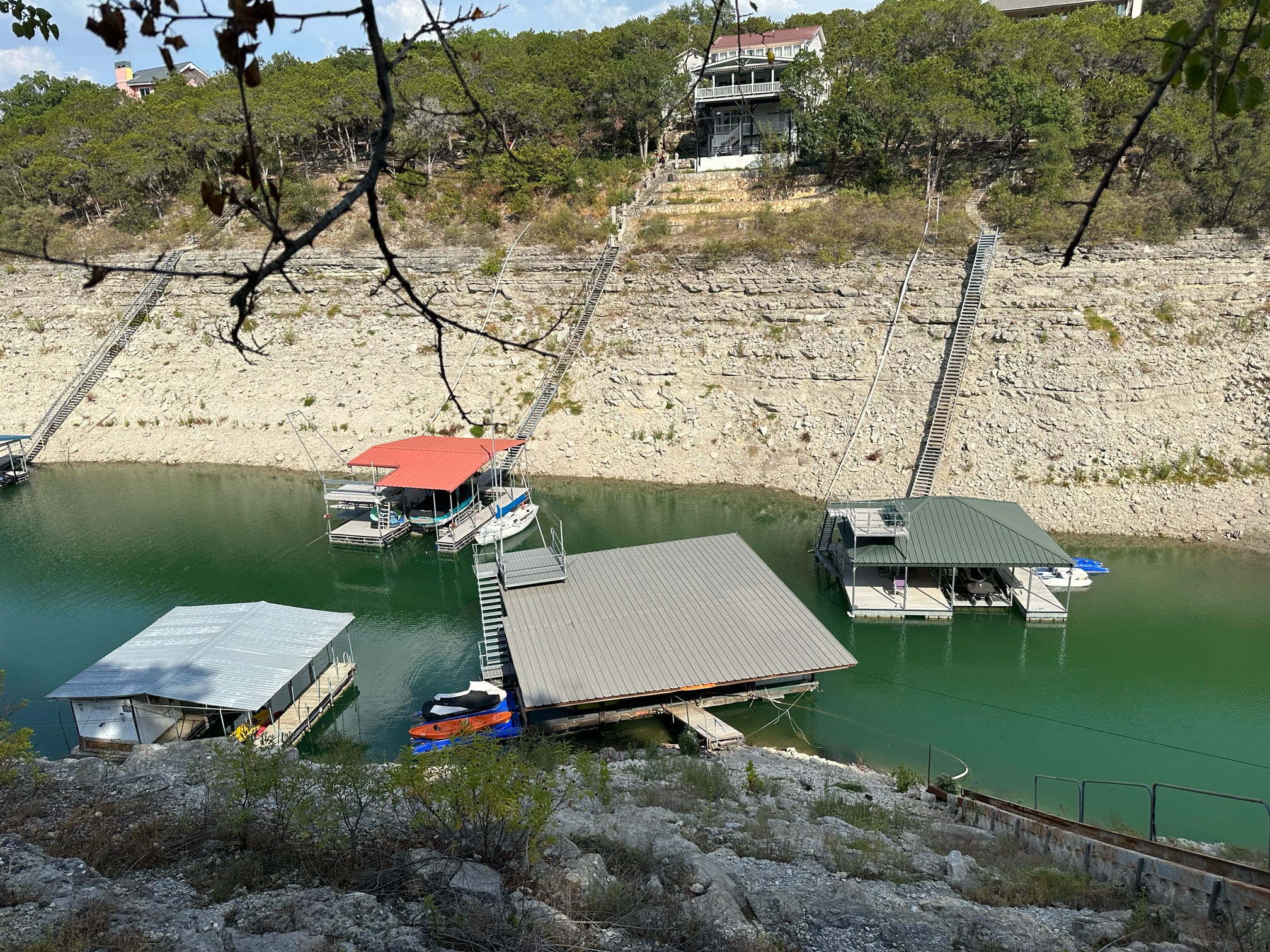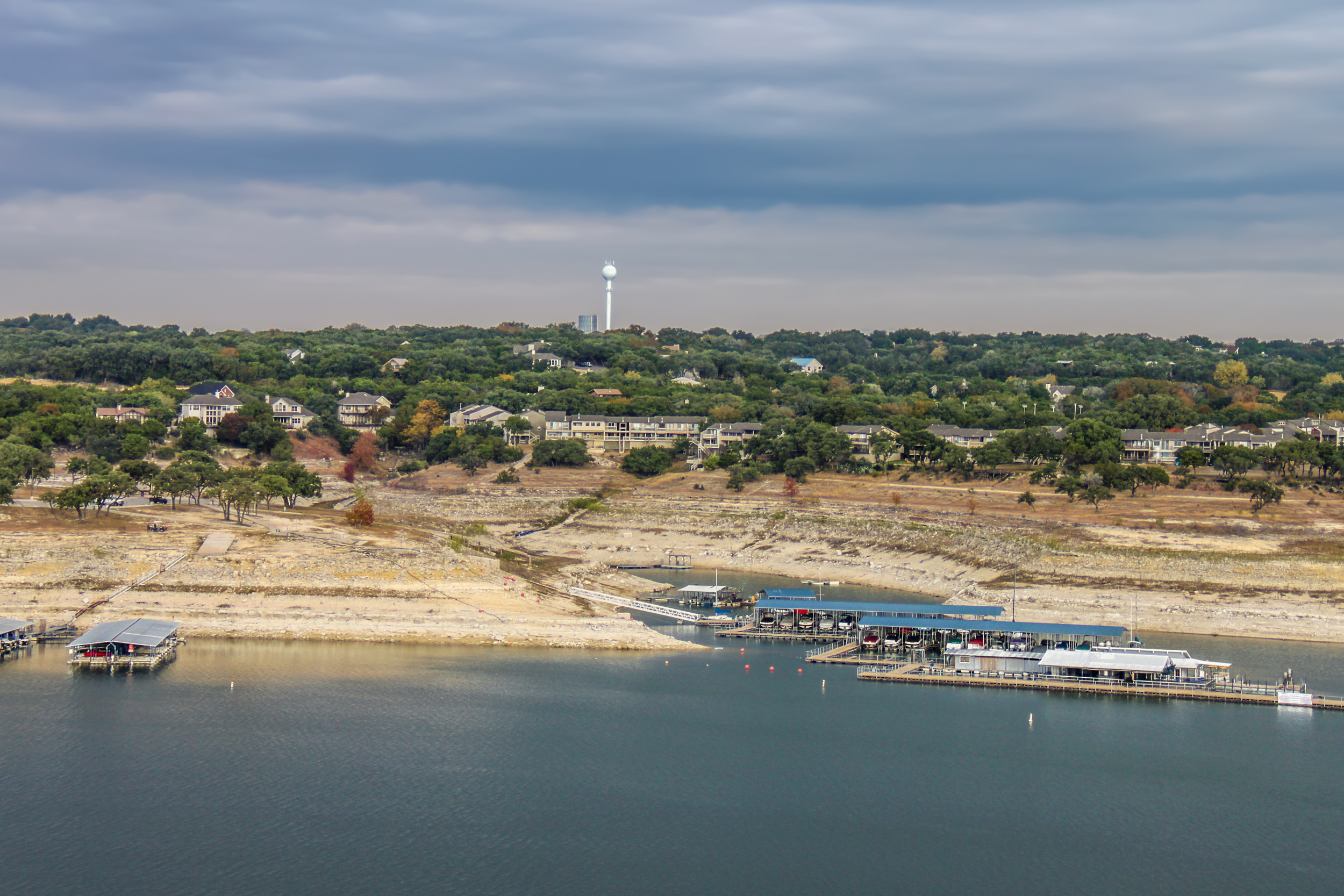Lake Travis current level is a topic of great interest for residents, tourists, and water enthusiasts alike. Located in central Texas, this stunning reservoir offers not only breathtaking views but also serves as a vital water source for the region. Understanding the water levels of Lake Travis is essential for planning recreational activities, managing water resources, and ensuring the ecological health of the area.
Lake Travis plays a crucial role in the state's water management system. It acts as a reservoir for the Lower Colorado River Authority (LCRA), which supplies water to millions of Texans. The fluctuating water levels are influenced by various factors, including rainfall, drought conditions, and water usage. In this article, we will delve into the intricacies of Lake Travis current level, providing you with the most up-to-date information and expert insights.
Whether you're a boater looking for the best time to enjoy the lake, a homeowner concerned about shoreline changes, or simply someone curious about the dynamics of water levels, this article is your go-to resource. Let's dive in and explore everything you need to know about the Lake Travis current level.
Read also:Did Ciara Date 50 Cent Unpacking The Rumors And Facts
Table of Contents
- Lake Travis Overview
- Understanding the Current Water Level
- Factors Affecting Lake Travis Water Levels
- Lake Travis Water Level Data
- Boating and Recreational Activities
- Shoreline Management and Erosion
- Environmental Impact of Water Level Changes
- Lake Travis Role in Flood Control
- Tips for Visitors and Residents
- Conclusion
Lake Travis Overview
Lake Travis, officially known as the Travis County Reservoir, is a man-made lake located along the Colorado River in Texas. Created in 1942 by the construction of Mansfield Dam, it stretches approximately 65 miles and covers an area of 19,000 acres when full. The lake serves multiple purposes, including flood control, water supply, and recreation.
Key Features of Lake Travis
Lake Travis is renowned for its crystal-clear waters and scenic beauty. Some of its notable features include:
- Varied water levels due to its role in flood control
- Abundant wildlife and diverse ecosystems
- Popular destination for boating, fishing, and swimming
Understanding the Current Water Level
The Lake Travis current level is a dynamic measure that fluctuates based on environmental and operational factors. To understand the water level, it's important to know the terms used to describe it. The "conservation pool" refers to the ideal water level for storage and supply, while the "flood pool" represents the area designated for overflow during heavy rainfall.
How to Check the Current Level
Real-time data on the Lake Travis current level can be accessed through the Lower Colorado River Authority (LCRA) website. This data includes the current elevation, inflows, and outflows, providing a comprehensive overview of the lake's status.
Factors Affecting Lake Travis Water Levels
Several factors contribute to the fluctuation of the Lake Travis current level. These include:
- Rainfall: Precipitation directly impacts the water levels, with heavy rains leading to significant increases.
- Drought: Prolonged dry spells can cause water levels to drop dramatically.
- Water Usage: Municipal, agricultural, and industrial demands affect the amount of water released from the lake.
Seasonal Variations
Water levels tend to vary seasonally, with higher levels during the spring and summer due to increased rainfall and runoff. Conversely, levels may drop in the fall and winter as water is released for downstream needs.
Read also:Aagmaal How A Comprehensive Guide To Understanding And Mastering The Concept
Lake Travis Water Level Data
Accurate and up-to-date data is essential for understanding the Lake Travis current level. The LCRA provides detailed reports that include historical trends, real-time measurements, and forecasts.
Key Metrics to Monitor
When analyzing the data, focus on the following metrics:
- Elevation: Measured in feet above mean sea level (MSL)
- Inflows: The volume of water entering the lake
- Outflows: The volume of water released from the lake
Boating and Recreational Activities
The Lake Travis current level significantly impacts recreational activities on the lake. Boaters need to be aware of the water depth, as low levels can expose underwater hazards and restrict access to certain areas.
Tips for Safe Boating
To ensure a safe and enjoyable experience, consider the following tips:
- Check the current water level before heading out
- Use updated navigation charts to avoid shallow areas
- Follow all safety regulations and guidelines
Shoreline Management and Erosion
Fluctuating water levels can lead to shoreline erosion, affecting both natural habitats and property owners. Effective shoreline management strategies are essential to mitigate these impacts.
Methods for Shoreline Protection
Some common methods include:
- Planting native vegetation to stabilize the soil
- Installing retaining walls or riprap
- Implementing erosion control blankets
Environmental Impact of Water Level Changes
The Lake Travis current level has a profound impact on the local ecosystem. Changes in water levels can affect fish populations, plant growth, and wildlife habitats.
Conservation Efforts
Efforts to preserve the ecological balance include:
- Monitoring water quality and biodiversity
- Implementing sustainable water management practices
- Engaging the community in conservation initiatives
Lake Travis Role in Flood Control
One of the primary functions of Lake Travis is flood control. The reservoir is designed to hold excess water during heavy rainfall, reducing the risk of downstream flooding.
How It Works
During flood events, water is stored in the flood pool until it can be safely released. This process helps protect communities along the Colorado River from the devastating effects of flooding.
Tips for Visitors and Residents
Whether you're a visitor or a resident, understanding the Lake Travis current level can enhance your experience. Here are some tips to keep in mind:
- Stay informed about water levels and weather conditions
- Respect local regulations and guidelines
- Support conservation efforts by practicing responsible water use
Conclusion
In conclusion, the Lake Travis current level is a critical factor influencing the lake's usability, ecological health, and flood control capabilities. By staying informed and understanding the factors that affect water levels, we can better appreciate and manage this valuable resource.
We invite you to share your thoughts and experiences in the comments below. Additionally, feel free to explore our other articles for more insights into Lake Travis and its surrounding areas. Together, we can ensure the sustainability and enjoyment of this beautiful lake for generations to come.
Data and information for this article were sourced from reputable organizations such as the Lower Colorado River Authority (LCRA) and the U.S. Geological Survey (USGS), ensuring accuracy and reliability.

